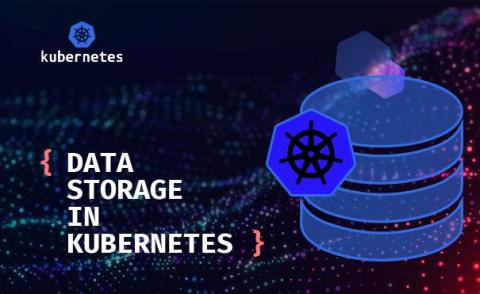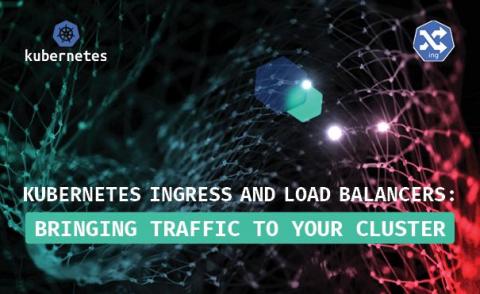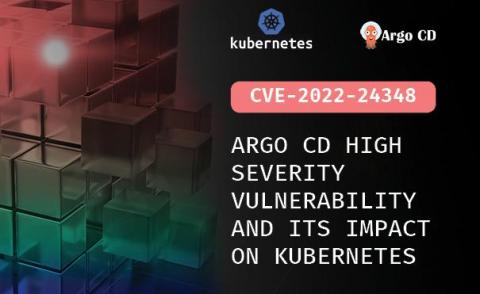Data Storage in Kubernetes
If you’re reading this article, you’re probably either running a Kubernetes cluster or planning to run one. Whatever the case may be, you will most likely need to have a look at data—how to store it and how to secure it. There are different types of stored data in Kubernetes: In this article, we will review how to deal with each of these data types in a Kubernetes cluster.





